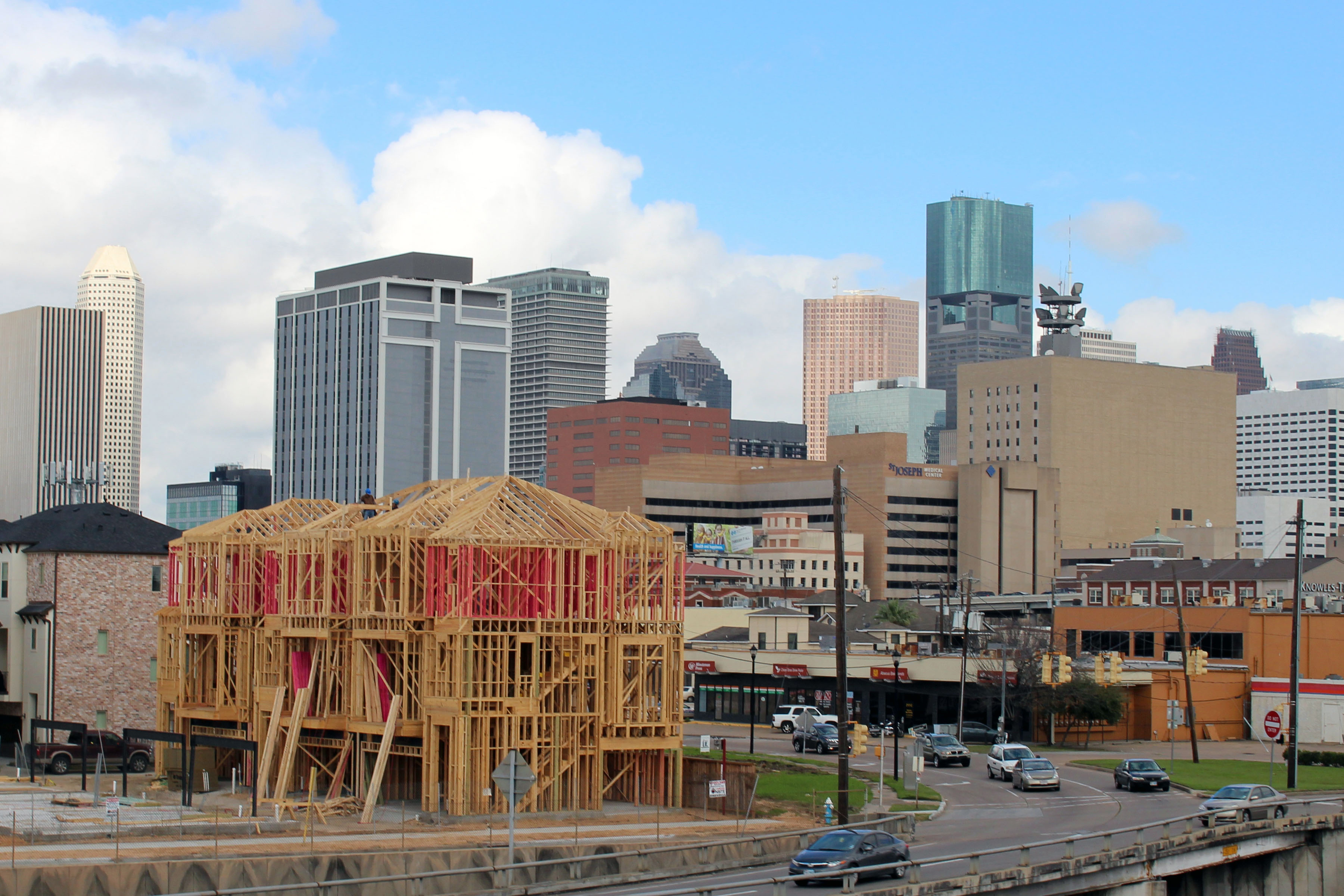Inclusionary housing does not make sense in every community. Even in some communities where it could work economically, it may be too controversial or too challenging to administer relative to the number of housing units it is likely to produce.
Some key challenges:
Controversy/Opposition
Even where it is well established, inclusionary housing has opponents who strongly believe that it is simply wrong for the public sector to regulate private development in this way. In some cases, opponents of inclusionary housing are otherwise supportive of local investment in affordable housing. In some communities, ongoing conflict over proposed inclusionary housing policies has been unnecessarily divisive and may have distracted from finding common ground on other affordable housing strategies.
Administrative Complexity
Inclusionary programs involve an ongoing partnership with private property owners. Programs must carefully balance the public interest in creating affordable housing with the private owner’s need to profitably develop and operate their projects.
These programs require dedicated staff both to interact with developers before and during construction and to monitor homes and enforce program requirements over the very long term. In communities that are growing slowly, the number of new affordable homes that an inclusionary program will create may be too low to justify the administrative complexity involved.
Burden on Development
Inclusionary housing programs rely on new market-rate real estate development to fund the creation of affordable housing. In strong real estate markets, the cost of providing affordable units can be comfortably accommodated by otherwise profitable development projects.
The research suggests that the majority of the cost is ultimately born by land owners who receive lower prices for developable land then they would in the absence of inclusionary housing requirements. However, inclusionary housing is not free and there is a real risk that developers or land owners may find the costs too great and choose not to build. Because they are aware of this risk, most communities set their inclusionary requirements very carefully and monitor the results to ensure that the policy does not stand in the way of development.
Income Targeting
Affordable housing advocates sometimes object to inclusionary housing programs that target units to moderate income households that, often, have other options in the housing market, rather than the low or very low income households that experience the most critical housing needs.
It is possible for inclusionary housing programs to serve very low-income residents but most don’t target this group. More deeply affordable units create a greater financial burden on developers, but some communities provide incentives to encourage developers to serve lower-income households.





